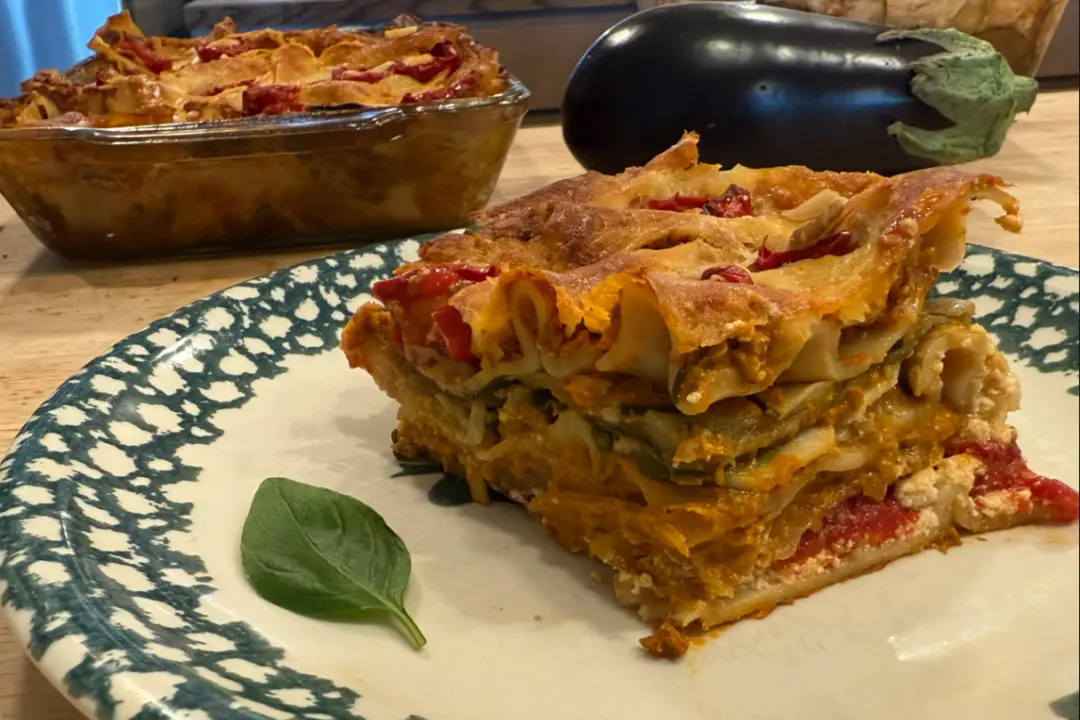Morel hunting and elk hunting have a lot in common. Namely, “hunting.” Both pursuits take place in the mountains, in places that are typically inconvenient to access, require enormous effort, and can take a toll on body, spirit, clothing, relationships, and anything else of value.
But we do it anyway.





